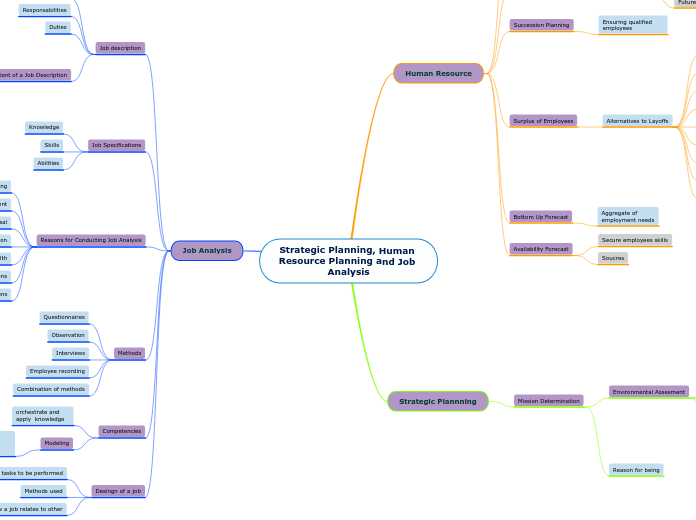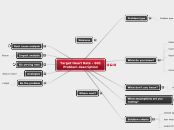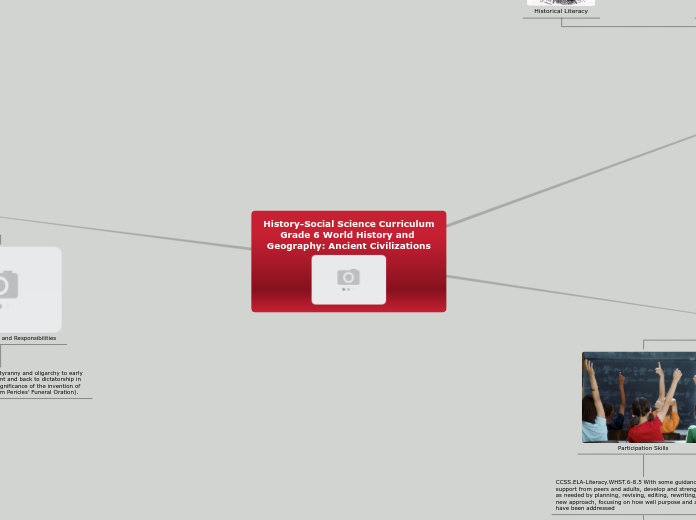Strategic Planning, Human Resource Planning and Job Analysis
Strategic Plannning
Mission Determination
Reason for being
Environmental Assesment
Strenghts and weaknesses
External
Internal
Objective Setting
Strategy Setting
Differentation Strategies
Lowest-cost Strategy
Strategy Implementation
Human Resource
Availability Forecast
Soucres
Secure employees skills
Bottom Up Forecast
Aggregate of employment needs
Surplus of Employees
Alternatives to Layoffs
Sabbaticals
Unpaid holiday option
Reduce workweeks
Job-Sharing arrangements
Reducing hours
Swapping Employees
Workers use vacation time
Early Retirements
Restricted hiring process
Succession Planning
Ensuring qualified employees
Requirements Forecast
Determines:
Future locations
Number
Shortage of Workers Forecasted
Modified selection standards
Training programs
Compensation incentives
Innovative recruiting
Job Analysis
Desingn of a job
How a job relates to other
Methods used
Specific tasks to be performed
Competencies
Modeling
defines all the necessary competencies
orchestrate and apply knowledge
Methods
Combination of methods
Employee recording
Interviews
Observation
Questionnaires
Reasons for Conducting Job Analysis
Legal considerations
Employee and Labor Relations
Safety and Health
Compensation
Performance Appraisal
Training and Development
Staffing
Job Specifications
Abilities
Skills
Knowledge
Job description
Content of a Job Description
Duties Performed
Job Summary
Job Analysis Date
Job Identification
Duties
Responsabilities
Tasks









